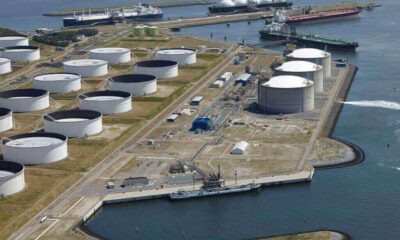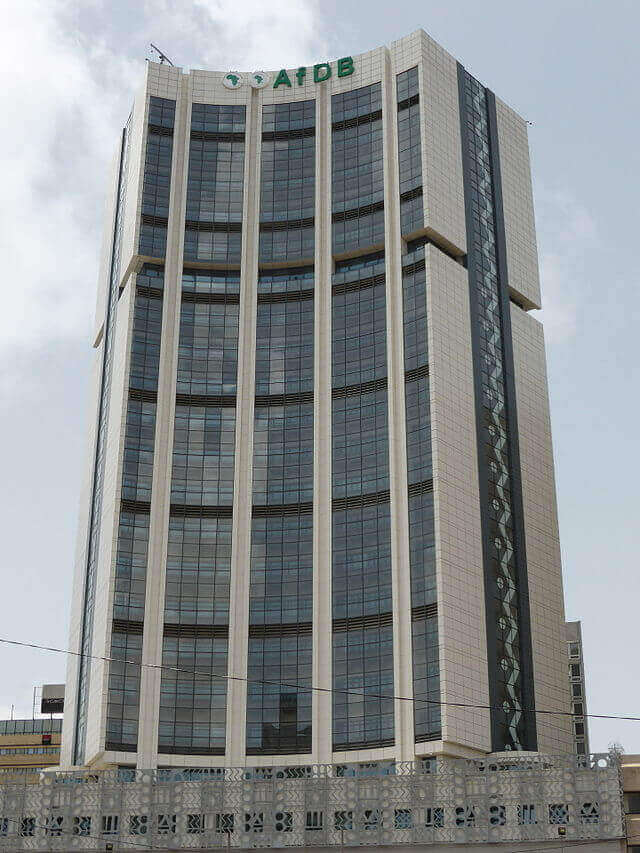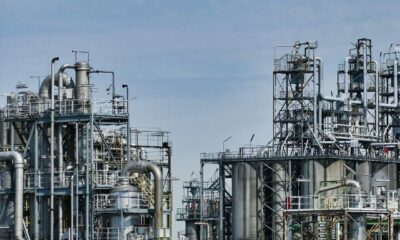According to the European Commission, Eurozone’s consumer confidence dropped to -16.7 in April 2025, its lowest level since late 2022.
The fall in Eurozone consumer confidence in April marks the second consecutive monthly decline amid several external shocks.
The sharp decline reflects unease over US tariffs on key Eurozone exports, such as automobiles, steel, and luxury goods.
Since February, the United States has imposed tariffs on key trade partners, which led to reciprocal tariffs on countries on April 2nd.
The result indicates that the Eurozone is increasingly anxious amid global trade tensions, unsettling consumers and businesses.
What’s Driving the Decline in Eurozone Consumer Confidence in April 2025
The fall in the Eurozone consumer confidence index in April is primarily driven by the ongoing global trade tensions.
President Trump imposed a 10% tariff on EU exports to the US and threatened to increase it to 20%. In addition to the 10% base levy, he added a 25% tariff on aluminium, steel, and cars imported into the United States.
These tariffs will impact export-dependent economies in the Eurozone, such as Germany and France.
As a result, Eurozone consumers and businesses are worried about job losses and inflation.
President Trump announced a 90-day pause on April 10 to ease tensions for countries facing higher US tariffs, excluding China.
The pause allows for trade negotiations between the United States and its key trading partners, including the Eurozone.
US tariffs on Eurozone goods, including automobiles, steel, and aluminium, will lead to declining export volumes. This will heavily impact major economies such as Spain, Germany, France, and Italy, whose automobile, steel & aluminium sectors depend largely on exports to the United States.
Consequently, it will negatively impact the revenue of these export-dependent economies.
| Sector | Impact of U.S. Tariffs | Affected Countries |
|---|---|---|
| Automotive | Export losses, job cuts | Germany, Slovakia |
| Steel/Aluminum | Output decline, price hikes | Germany, Italy, Poland |
| Agriculture | Market access loss | France, Spain, Netherlands |
| Consumer Goods | Profit margin compression | Italy, France |
Besides reducing the Eurozone’s export competitiveness, US tariffs will impact global supply chains. Due to tariff-induced rerouting and compliance costs, supply chains will become more costly and complex as companies explore relocating production outside Europe to bypass US duties.
IMF Slashes Global Growth Forecast
In its April World Economic Outlook, the International Monetary Fund slashed its 2025 global growth forecast from 3.3% to 2.8%. The IMF cited elevated trade policy uncertainty.
The United States is expected to grow by just 1.8% in 2025, down from the initial 2.7% projection.
Economic growth in the eurozone will remain subdued at 0.8% in 2025 but will modestly improve to 1.2% in 2026.
European Central Bank Rate Cuts: April 2025
The European Central Bank (ECB) cut its benchmark interest rates from 2.50% to 2.25% on April 17. The ECB slashed rates to support a struggling eurozone economy facing high US tariffs.
The bank noted that rising US tariffs on EU goods, now averaging 13%, will harm the Eurozone’s economic outlook.
From April 2024 to April 17, 2025, the European Central Bank (ECB) has made several key interest rate decisions to spur economic growth across the Eurozone.
Market Reactions
The Euro declined by 0.4% on April 22, settling at $1.1460. This downtrend followed a peak above $1.15 on April 21, the highest level since November 2021.
The Euro STOXX 50 index fell by 0.4%, while Germany’s DAX increased by 0.2%. Among the top performers on the Euro STOXX 50 were L’Oréal, Vivendi, and Volkswagen, which increased by 5.2%, 3.3%, and 2.4%, respectively. On the downside, SAP, Schneider Electric, UniCredit, and Airbus experienced a decline of 3% to 3.5%.
The broader Euro STOXX 600 index finished 0.1% lower. Puma led the gains with a rise of 6.9%, followed by Sartorius, which increased by 6%. Conversely, Stellantis and Novo Nordisk were the biggest laggards of the session, dropping by 8.6% and 8.3%, respectively.



























